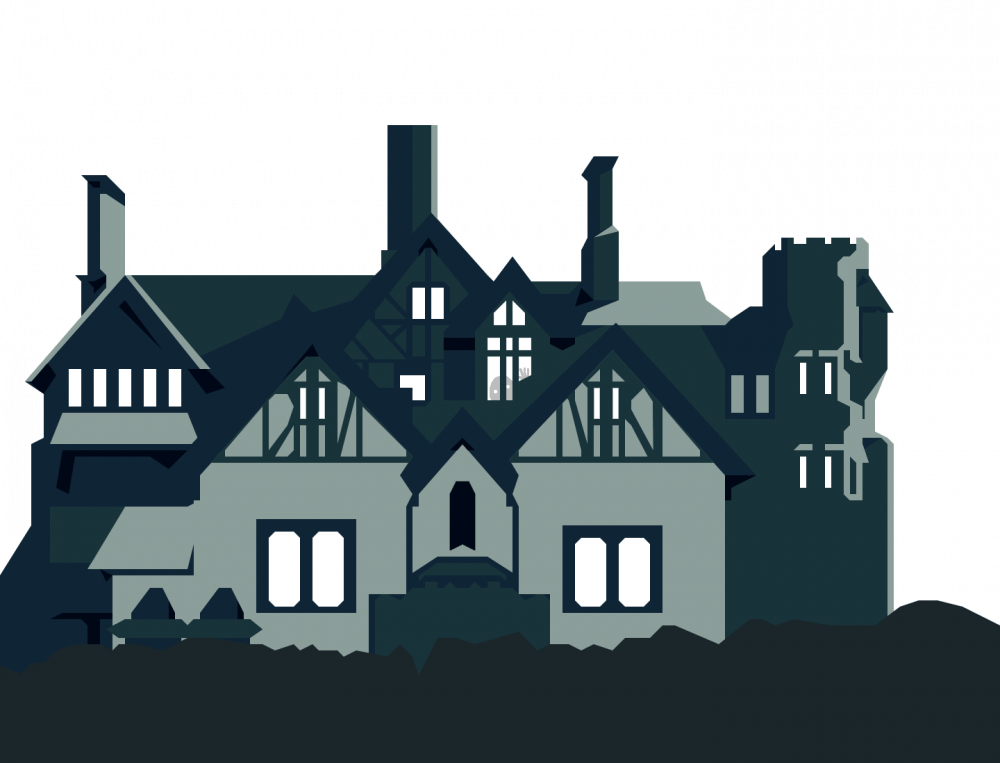“The Haunting of Hill House” simultaneously follows the Crain family while they are living in Hill House and 20 years later, after their brush with the undead thrust their family into the public sphere.
“The Haunting of Hill House” is loosely based off of the Shirley Jackson novel of the same name. While the plot and characters have been significantly altered, Netflix has preserved what made Jackson’s 1959 novel a cultural phenomenon.
The occult is used to heighten the ordinary, as the narrative conflates the characters’ supernatural experiences with their own delusions of guilt, fear and persecution. Every ghostly development in Hill House pushes the characters and their relationships further toward a fever pitch, keeping the show’s sole focus on the family and their interpersonal problems.
Hill House’s level of detail and realism also makes every ghostly interaction, no matter how slight, infinitely more terrifying. There is sometimes no build to a climactic encounter, and sometimes small revelations are made suspenseful by virtue of a long build.
Netflix manages to keep the tension taut throughout all 10 episodes by subconscious visual cues, like keeping doorways and large open spaces empty in the background of a shot, on the off chance something might appear there.
The sixth episode is an hour long and changes camera angles only five times. While the technique is an incredible and tedious feat, it maintains tension even during dialogue-heavy scenes. It creates the feeling that any quiet moment could explode into action.
One of Hill House’s greatest flaws actually comes from one of its greatest scenes. There is a mid-season plot twist that is jarring, visceral and existentially thought-provoking. It’s beautifully shot, impossible to predict and sure to become the show’s hallmark, but the second half of the season isn’t able to match that twist in terms of suspense or impact, and so feels flat comparatively.
While the show goes to some pretty dark places, it handles it’s gentler themes with care and nuance. Above all else, “The Haunting of Hill House” is about dealing with the loss of a loved one, and striking a balance between honoring the dead and letting go of them.
While there is the occasional jump scare, and a dozen unaddressed background ghosts that will give you a heart attack once you realize they’re there, “The Haunting of Hill House” artfully uses supernatural horror to highlight the more realistic horrors of grief and loss.
The Haunting of Hill House: Finding the ordinary in the occult




